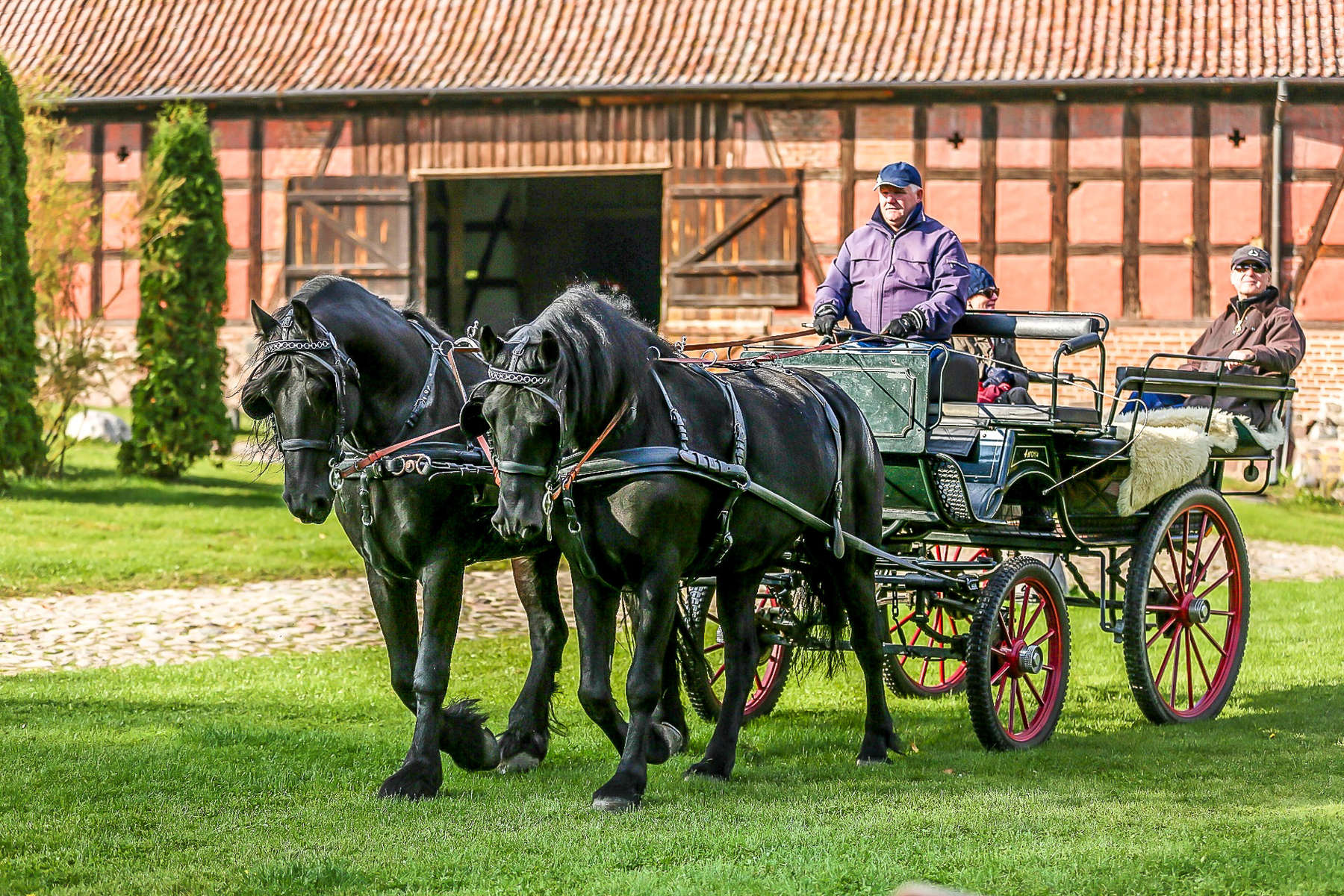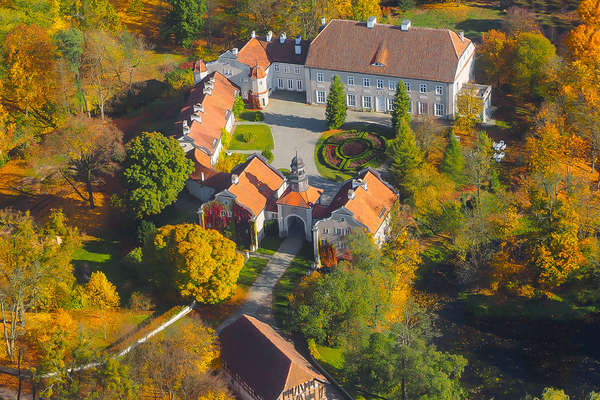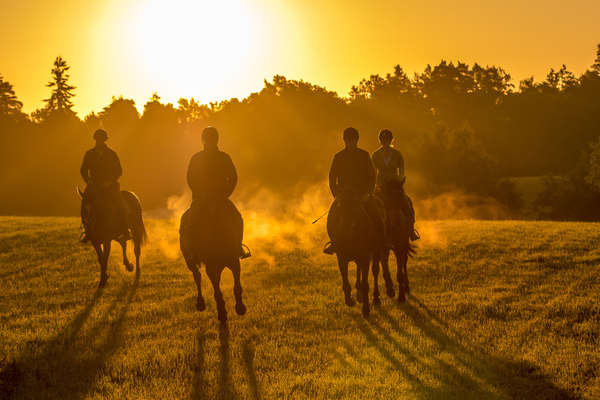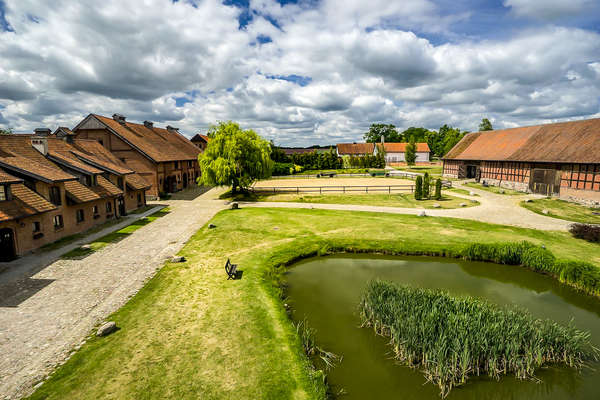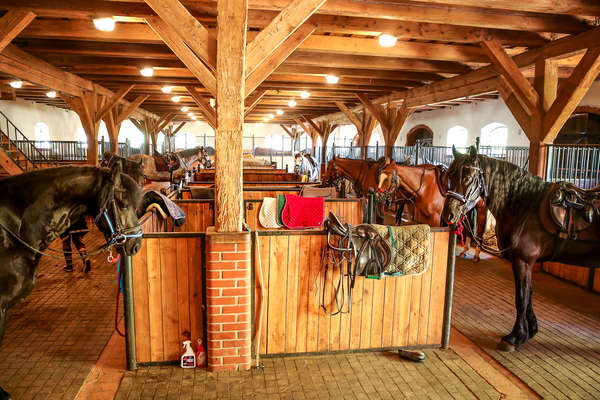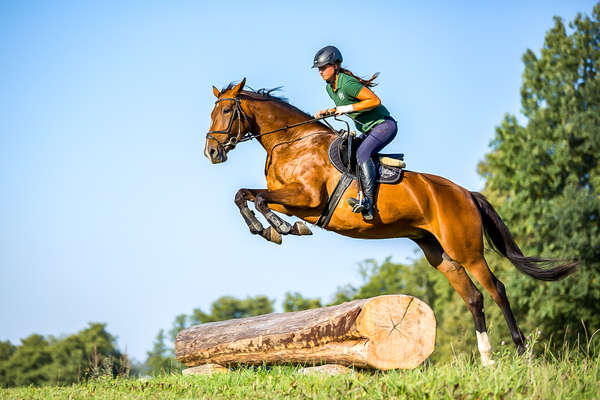The history of Poland spans over a thousand years, from medieval tribes, Christianization and monarchy; through Poland's Golden Age, expansionism and becoming one of the largest European powers; to its collapse and partitions, two world wars, communism, and the restoration of democracy.
The roots of Polish history can be traced to ancient times, when the territory of present-day Poland was settled by various tribes including Celts, Scythians, Germanic clans, Sarmatians, Slavs and Balts. However, it was the West Slavic Lechites, the closest ancestors of ethnic Poles, who established permanent settlements in the Polish lands during the Early Middle Ages.[1] The Lechitic Western Polans, a tribe whose name means "people living in open fields", dominated the region, and gave Poland - which lies in the North-Central European Plain - its name.
The first ruling dynasty, the Piasts, emerged in the 10th century AD. Duke Mieszko I is considered the de facto creator of the Polish state and is widely recognized for his adoption of Western Christianity in 966 CE. Mieszko's dominion was formally reconstituted as a medieval kingdom in 1025 by his son Bolesław I the Brave, known for military expansion under his rule. The most successful and the last Piast monarch, Casimir III the Great, presided over a period of economic prosperity and territorial aggrandizement before his death in 1370 without male heirs. The period of the Jagiellonian dynasty in the 14th–16th centuries brought close ties with the Lithuania, a cultural Renaissance in Poland and continued territorial expansion as well as Polonization that culminated in the establishment of the Polish–Lithuanian Commonwealth in 1569, one of Europe's largest countries.
The Commonwealth was able to sustain the levels of prosperity achieved during the Jagiellonian period, while its political system matured as a unique noble democracy with an elective monarchy. From the mid-17th century, however, the huge state entered a period of decline caused by devastating wars and the deterioration of its political system. Significant internal reforms were introduced in the late 18th century, such as Europe's first Constitution of 3 May 1791, but neighboring powers did not allow the reforms to advance. The existence of the Commonwealth ended in 1795 after a series of invasions and partitions of Polish territory carried out by the Russian Empire in the east, the Kingdom of Prussia in the west and the Habsburg Monarchy in the south. From 1795 until 1918, no truly independent Polish state existed, although strong Polish resistance movements operated. The opportunity to regain sovereignty only materialized after World War I, when the three partitioning imperial powers were fatally weakened in the wake of war and revolution.
The Second Polish Republic was established in 1918 and existed as an independent state until 1939, when Nazi Germany and the Soviet Union invaded Poland, marking the beginning of World War II. Millions of Polish citizens of different faiths or identities perished in the course of the Nazi occupation of Poland between 1939 and 1945 through planned genocide and extermination. A Polish government-in-exile nonetheless functioned throughout the war and the Poles contributed to the Allied victory through participation in military campaigns on both the eastern and western fronts. The westward advances of the Soviet Red Army in 1944 and 1945 compelled Nazi Germany's forces to retreat from Poland, which led to the establishment of a satellite communist country, known from 1952 as the Polish People's Republic.
As a result of territorial adjustments mandated by the Allies at the end of World War II in 1945, Poland's geographic centre of gravity shifted towards the west and the re-defined Polish lands largely lost their historic multi-ethnic character through the extermination, expulsion and migration of various ethnic groups during and after the war. By the late 1980s, the Polish reform movement Solidarity became crucial in bringing about a peaceful transition from a planned economy and a communist state to a capitalist economic system and a liberal parliamentary democracy. This process resulted in the creation of the modern Polish state, the Third Polish Republic, founded in 1989.

